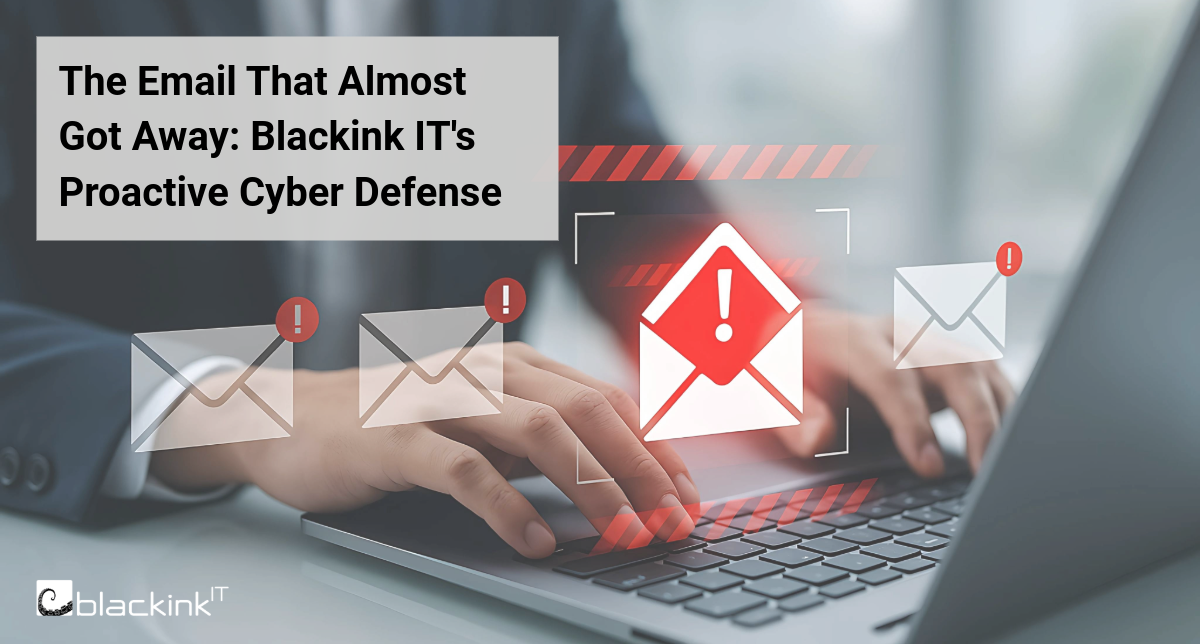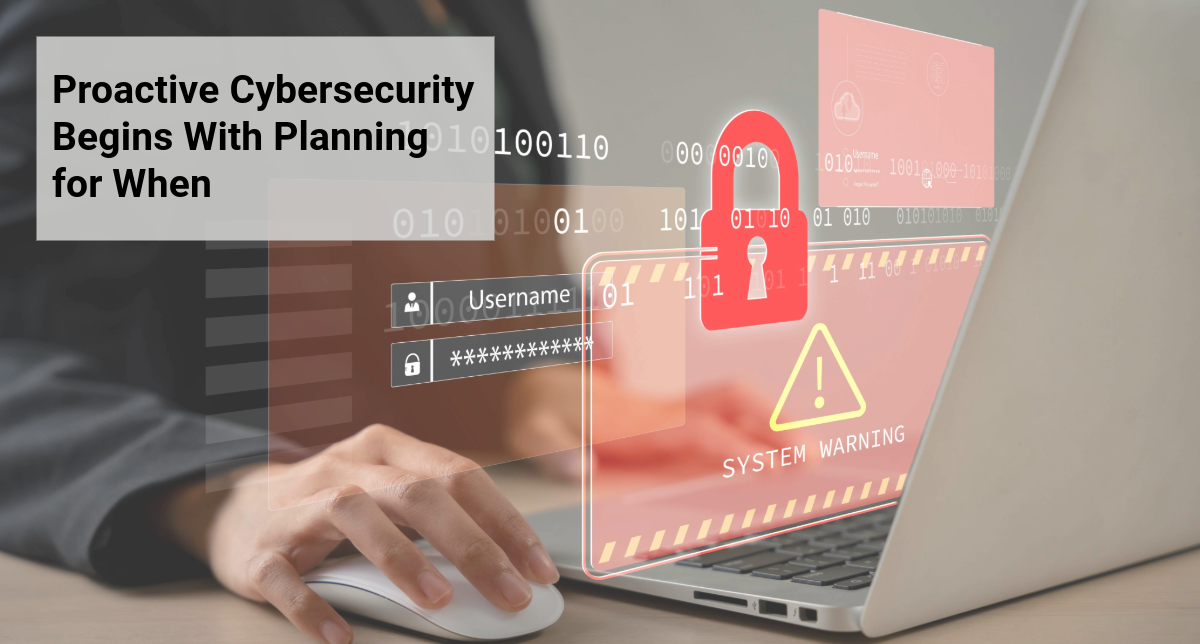Small-to-medium sized businesses and large enterprises may seem worlds apart, but they face many of the same cyber-security threats. In fact, in recent years, cyber-criminals have increasingly targeted SMBs. This is because it’s widely known that SMBs have a smaller budget, and less in-house expertise to devote to protection. Thankfully, there are several things SMBs can do today to maximize even the most limited security budgets. And no – we aren’t talking about cutting corners. Too often, SMBs cut the wrong corners, and it ends up costing them more money in the long run. It’s a matter of taking a smarter approach to security. Here are five ways organizations can save money on cybersecurity while still ensuring they're protected:
1) Prioritize
Every business has specific areas or assets critical to its core operations. Seek the input of valued staff and team members to determine what these are. Is there certain data that would be catastrophic if it was lost or stolen? If hackers compromise a network, or prevent access to certain applications, how disruptive would it be to daily business operations? What kind of potential threats or vulnerabilities pose the greatest risk to the company or your customers/clients? Focus on the most likely risks, not theoretical risks that “could happen.” Asking such questions gives you a more clear and complete perspective as to where to focus available security resources.
2) Develop and Enforce Policies
Every SMB needs to implement a security policy to direct employees on appropriate and inappropriate workplace behaviors relative to network, systems, and data security. Merely drafting this document isn’t enough. Employees must be held accountable if they fail to adhere to policy. Such policies should be updated regularly to reflect new technology and cultural shifts. For example, a document written before social media took off, or before the BYOD (Bring-Your-Own-Device) movement, doesn’t necessarily apply today. Be sure you have clear security policies in place, and if you're not sure where to start, consider seeking the guidance of cybersecurity experts who have experience developing custom policies.
3) Education
According to KnowBe4, 88% of data breaches are caused by human error. This is why it is absolutely critical to provide ongoing security awareness training to your employees. Many security breaches happen because employees fail to recognize phishing schemes, open emails from unknown sources, create poor passwords that are seldom changed, and don’t take proper precautions when using public Wi-Fi connections on personal mobile devices also used for work. By creating a cybersecurity training program, or by implementing an existing security awareness tool (such as KnowBe4), your organization will be equipping your employees with all the knowledge they need to protect your critical assets, and you will save your company from costly errors.
4) Take to the Cloud
Running applications and servers in-house is a costly endeavor. Leveraging the cloud allows SMBs to cut costs while also strengthening their security. Cloud operators typically have built-in security features, alleviating SMBs of the burden of maintaining security themselves. Today, not only can small to medium-sized businesses shift much of the burden of IT to the cloud, but they can also outsource much of their security by taking advantage of the remote monitoring, maintenance, and security tools provided by Managed Service Providers (MSPs).
5) Don’t Aim for Perfection
There is no such thing as a perfectly secure organization. Striving for perfection is expensive and can prove to be more costly in the end. Improving protection and response would be a more realistic and ideal allocation of funds. It can take a hacker several months to figure out your systems and do real damage. Having the ability to quickly detect their presence, and mitigate any potential damage they may cause, is a more realistic and less expensive approach than believing you can completely remove any probability whatsoever of a hacker breaching your system.
With the knowledge that it's impossible to ensure 100% protection from cyber-threats, creating an incident response plan is one of the most essential security tasks an organization should prioritize. Incident response plans ensure that in the event of a security incident, your organization is prepared to take quick and effective action, mitigating the effects of an attack, restoring operations, and saving money on both downtime and remediation.
6) Consider a Managed Security Partner
Often times, small-to-midsize organizations rule out outsourced IT or cybersecurity services due to their smaller budgets – however, in most cases outsourcing aspects of your technology and security actually improves profitability. The expertise of a managed security provider can help cut down own waste by helping businesses better evaluate security tools, strategies, and overall spend. Additionally, managed security providers are the leading experts in their field, and partnering with a reputable provider can significantly reduce your risk of cyber incidents – ultimately helping your company avoid costly attacks.
Interested in learning more about how a managed security partner can help protect your organization from threats and help improve your financial standing? Contact the security experts at Blackink IT – we're excited to see how we can help!






